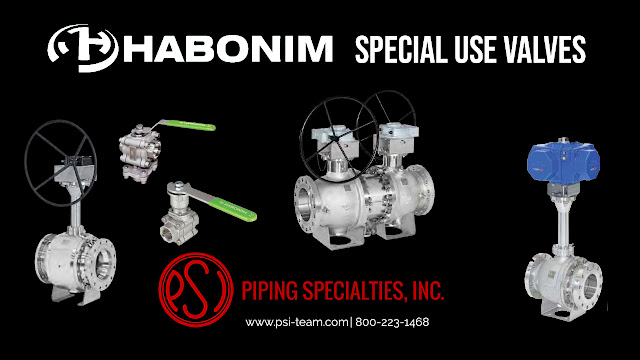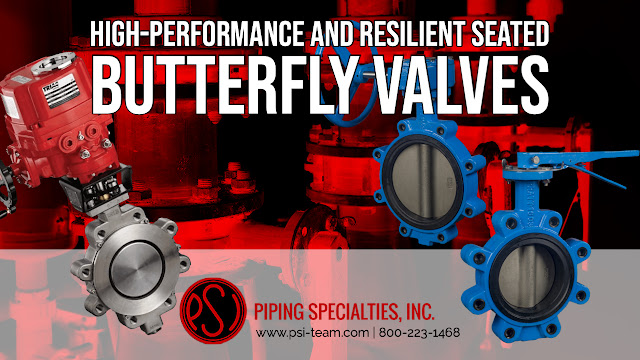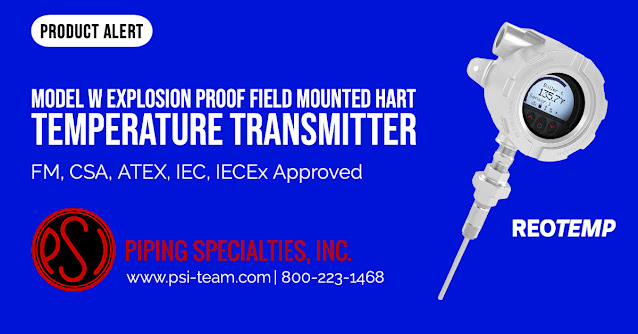The Habonim COMPACT actuator is a quarter-turn rack and pinion pneumatic actuator that doubles the torque of conventional pneumatic actuators. Habonim's patented four piston design, which generates torque around a centrally located piston, is responsible for superior performance, translating to double the power for the same size actuator or half the size for the same power.
The COMPACT has four small cylinders, one on each of the cube's four sides. The smaller pinion and minimized travel distance of the pistons in the COMPACT require less air pressure to produce the same torque output as a larger double piston actuator. As a result, there's a reduction in emergency shutdown response, air consumption during operation, and maintenance. Habonim's unique quarter-turn COMPACT actuators have the superior performance of twice the torque per size, much longer cycling before any care, high opening and closing speed, and exceptional durability in the most demanding industrial environments.
STANDARD ACTUATOR FEATURES
NAMUR & ISO interface
A wide range of accessories such as solenoids, positioners, and limit switches are available for direct mounting to the COMPACT actuator, and any accessory with ISO 5211 and VDI/VDE 3845 (NAMUR) will mount to the actuator.
NAMUR VDI/VDE 3845
This standard specifies various accessories with VDI/VDE interfaces, such as limit switches, pucks, indicators, and positioners, with simple mounting onto the actuator top face.
NAMUR solenoid mounting
One of the four actuator covers available includes a pad for solenoid mounting per the NAMUR international standard. Any solenoid that conforms to the NAMUR interface can be directly mounted to the actuators, simplifying solenoid installation and eliminating the need for additional piping. Because the pressurized air supply is available at the port entrance, it also allows for quick actuation response.
ISO 5211
The actuator bottom flange conforms to the ISO 5211 international standard and includes a star-shaped female drive to accommodate a wide range of valve output shafts. The valve can be attached to the actuator with a bracket or mounted directly onto the actuator using one of the ISO hole patterns.
COMPACT actuators are part of control packages in various industries and providing superior performance in the cycle times, size, weight, compressed-air consumption, and reliability in high cyclic applications.
For more information in New England, contact:
Piping Specialties / PSI Controls
https://psi-team.com
800-223-1468













